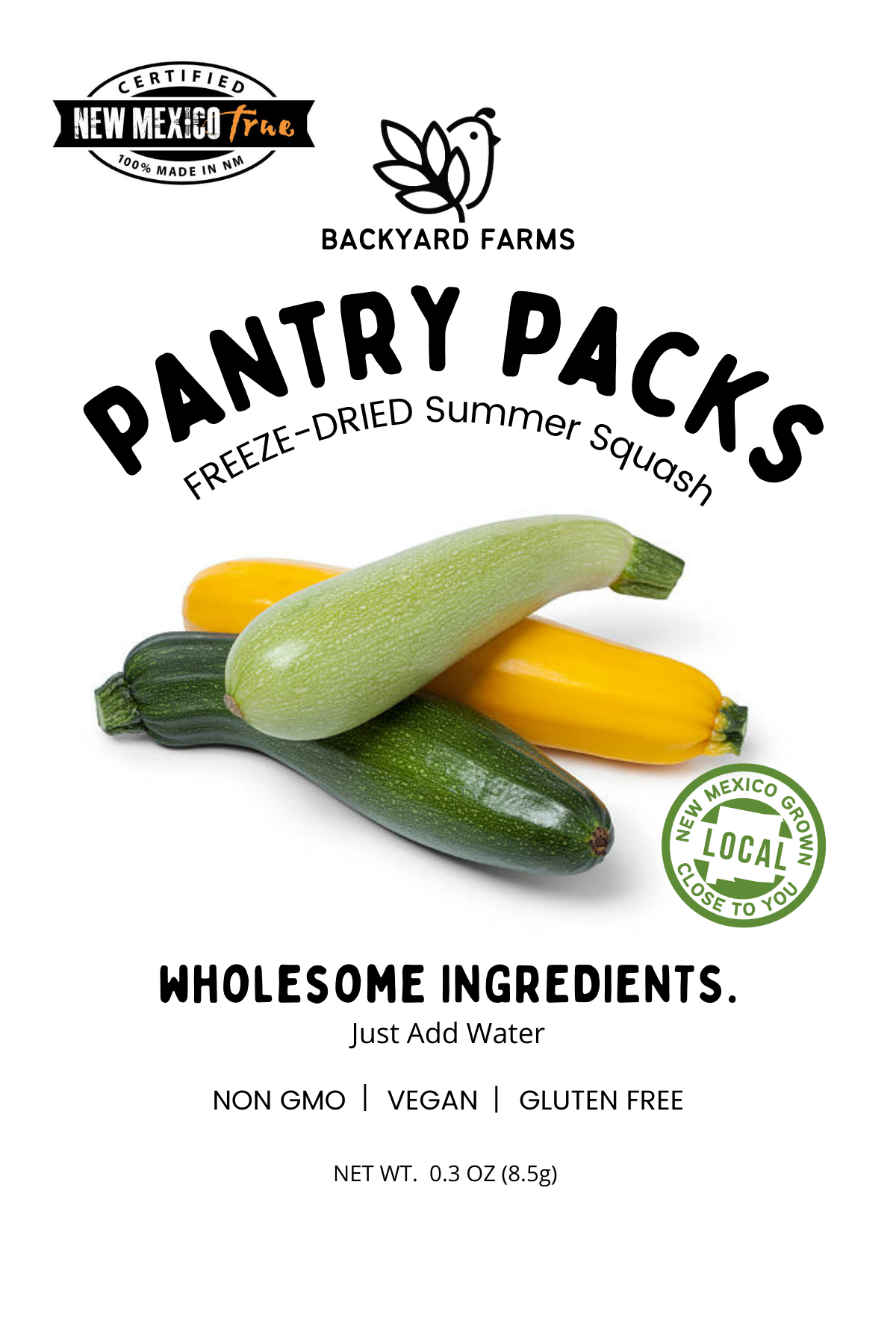 Original Article | Jackelyn Alessi | March 7, 2024
Original Article | Jackelyn Alessi | March 7, 2024
Climate change threatens the local agriculture of southern New Mexico, where over 4,000 farms grow pumpkins, watermelon, chiles, onions, apples, pears, and pecans ( New Mexico Public Education Department, 2018 ). As a result of climate change, average temperatures in New Mexico may increase by up to 7°F over the next 50 years, decreasing water availability and subjecting crops to heat and drought stress ( Dunbar et al., 2022 ). Crops affected by heat and drought stress tend to be smaller, lower quality, and less in quantity. Crop yields are also threatened by extreme precipitation events, such as hail storms that damage crops or floods that destroy entire fields.
Before crops can be sold in markets, they must pass inspection of maturity, shape, color, size, and appearance ( Minor et al., 2020 ). While some damage caused by climatic factors is only aesthetic, such as sun scald, the imperfections render crops unsalable. These tough criteria cause farmers to throw out edible food and contribute to the 20 billion pounds of crops lost on American farms each year ( FoodPrint, 2023 ). As a result, farmers lose money and time, while local markets’ quantity of nutritious foods decreases.
In response, Backyard Farms, a farm with multiple sites throughout southern New Mexico, freeze dries the crops of farmers throughout the state to decrease the food lost to extreme weather. Backyard Farms buys imperfect crops from farmers, transports the crops from the farm to their manufacturing facility for freeze drying, and promotes the growing of alternative, drought-tolerant crops. Trough freeze drying, farmers can sell crops that would have otherwise been lost, less food is wasted and rural communities in southern New Mexico gain increased access to nutritious foods for longer periods of time.
Heat and drought stress, flooding, and damage from hail and wind storms stunt crop growth, reduce yields, and can kill entire harvests. When plants are exposed to extreme heat and low water levels in their early life stages, crops are more likely to become smaller and fewer in number. For example, early-season heat and drought can reduce the number of corn kernels per row ( Quinn, 2022 ). Flooding and heat also impact New Mexico’s famous green chiles, as fruit won't form in temperatures over 85°F, and extreme flooding events over-saturate fields and cause root rot. From 2009 to 2019, the number of hail storms per year in New Mexico increased from 99 to 168 ( The National Weather Service, n.d. ), causing financial losses for farmers.
Crops lost at the farm contribute to the total food thrown away in the country, an estimated 30% of the total food supply ( FoodPrint, 2023 ). Half of municipal waste is uneaten food, and rotting food has several environmental implications, including methane emissions and the pollution of freshwater supplies ( FoodPrint, 2023 ). Growing crops native to New Mexico that are adapted to drought conditions, such as nopales, can reduce food waste lost at the farm; however, there is not high commercial demand for such crops.
Preventing the loss of nutritious foods from the supply chain is of particular importance in New Mexico, where 20% of children and 14% of adults face hunger, and over 30% of the population is diabetic or pre-diabetic ( American Diabetes Association, 2017 ; Feeding America, 2023 ). The population in southern New Mexico is largely rural, requiring many families to travel long distances to buy groceries. This means families must bring coolers to transport perishable foods such as fruits and vegetables, increasing the likelihood families will purchase non-perishable foods with lower nutritional content.
Provide freeze-drying services to farmers to allow them to sell crops they would have otherwise lost
Reduce food waste in New Mexico
Incentivize farmers to grow drought-tolerant crops and promote regenerative agricultural practices among farmers
Increase community’s access to nutritious foods year-round, with a focus on access for low-income and rural populations
Backyard Farms discovered that nopales chips are high in demand by grocery stores, including larger grocery chains. To meet that demand, Backyard Farms will require more cold-storage capacity, a larger supply from farmers, and more trucks to transport crops from local farmers to the Backyard Farms facility in Las Cruces, NM.
At-home freeze dryers are available to the general public, but more advanced equipment and funding will be necessary for those interested in freeze drying large quantities of food. Backyard Farms purchased an industrial freeze dryer with assistance from Cruces Creatives and the USDA’s Rural Business Development Grant . The industrial freeze dryer can process 350 pounds of fresh produce per load, while extra large commercial freeze dryers can only process 35 pounds per load.
If consumers or small farmers are interested in freeze drying foods, an at-home freeze dryer is more affordable than the industrial equipment, and purchasing industrial equipment will likely require funding assistance from partnerships and grants.
Because farmers are used to a market in which they break even or lose profits on damaged crops, they undervalue crops sold to Backyard Farms. Backyard Farms offers more money for crops than farmers often think they are worth, demonstrating how the continual loss of profits has discouraged farmers from asserting the true value of their crops.